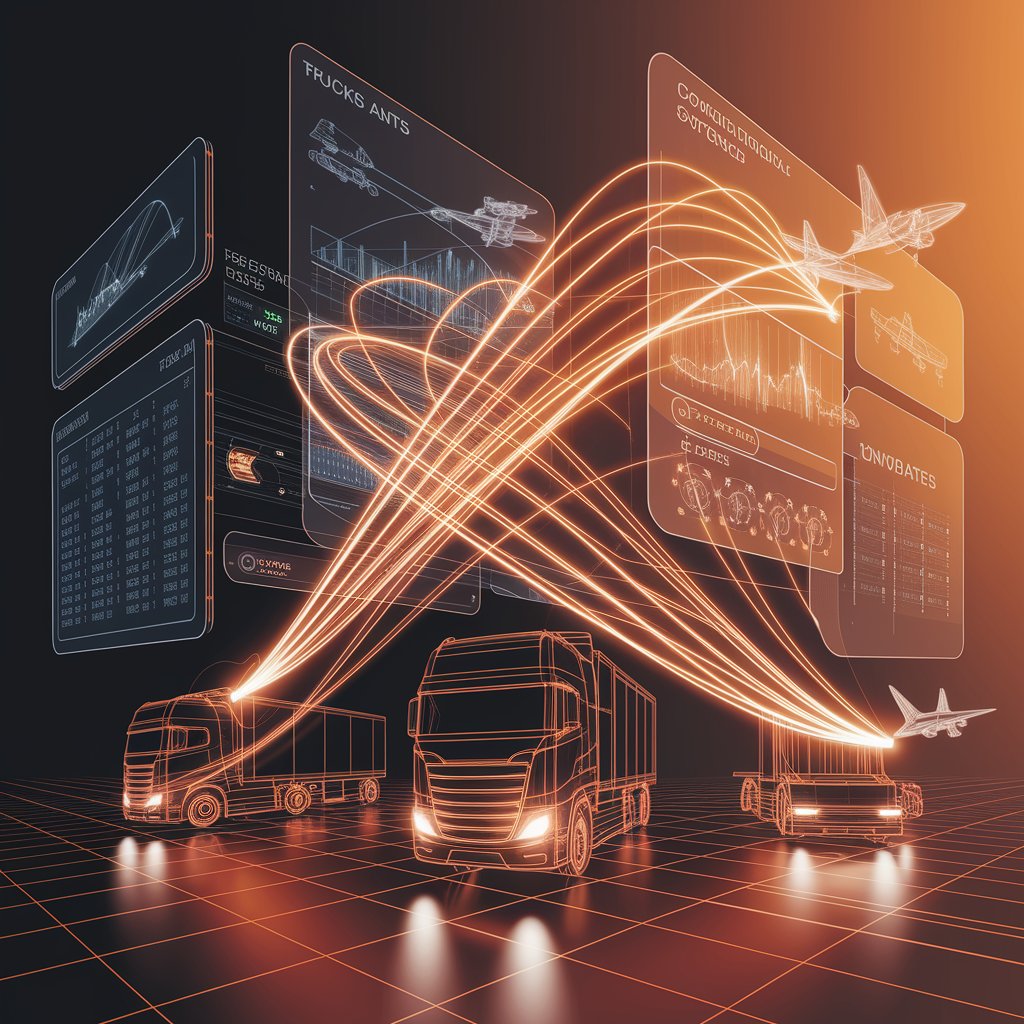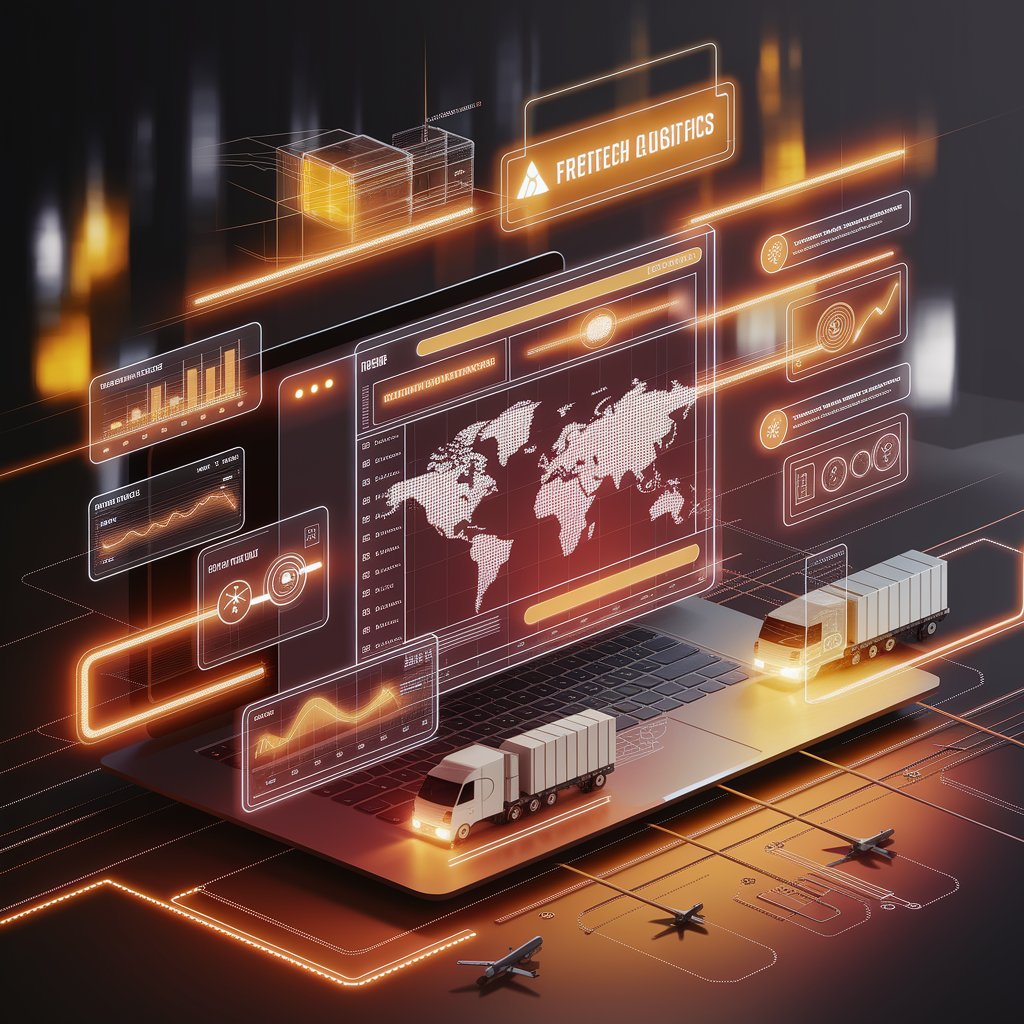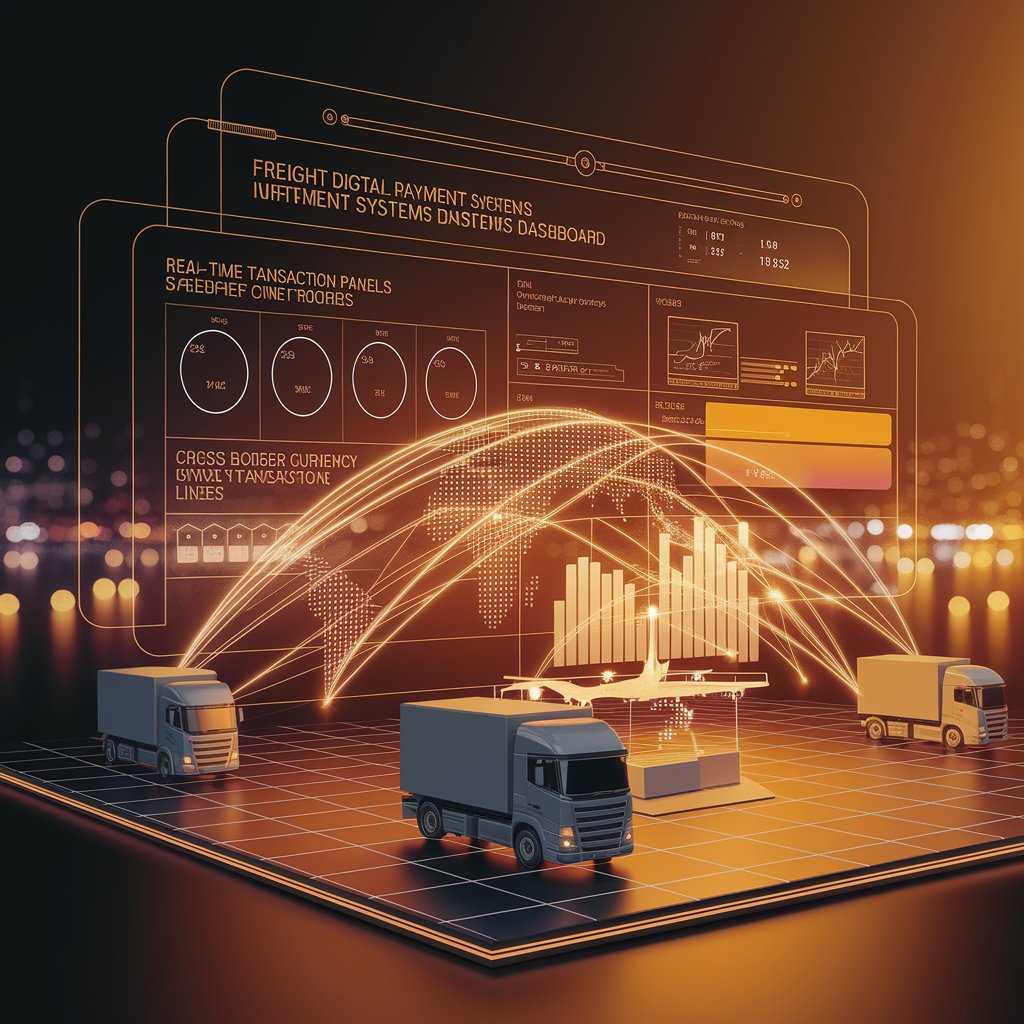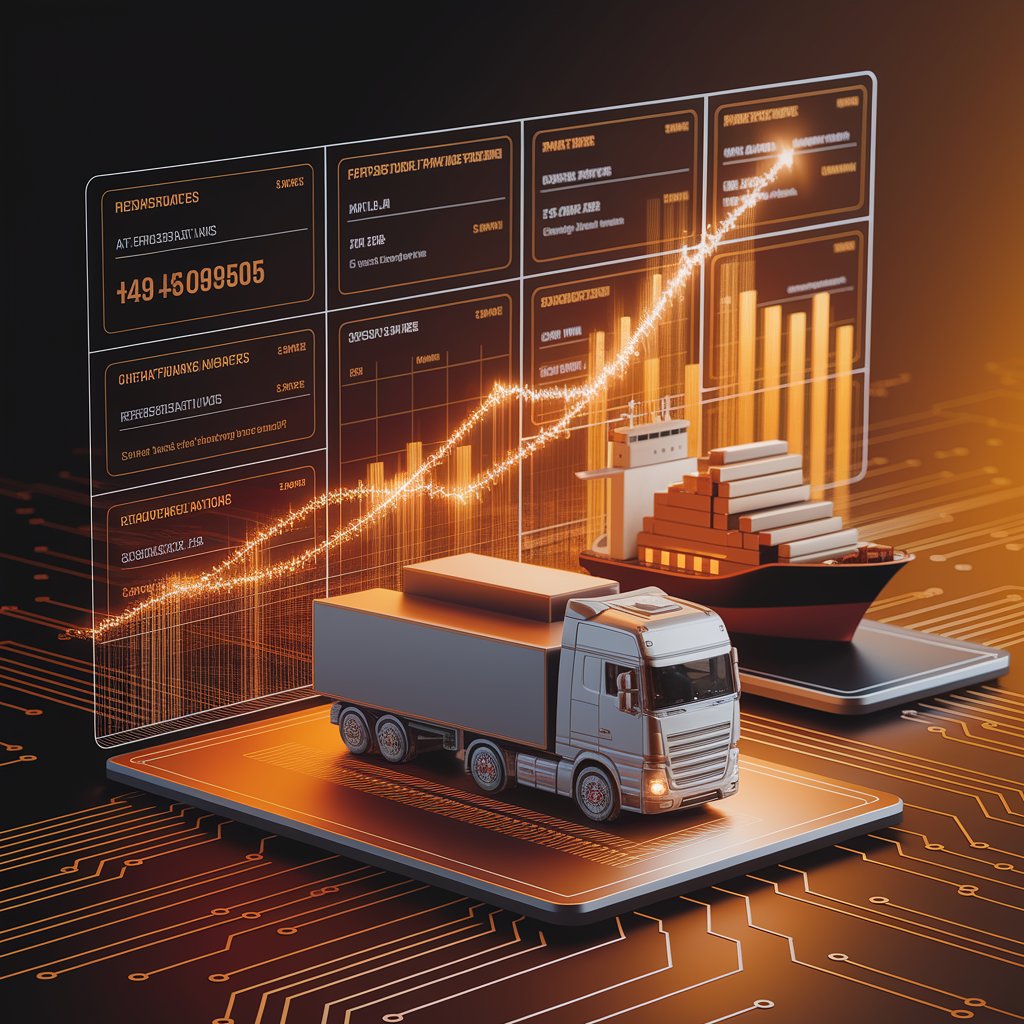Freight Digital Payment Systems: Streamlining Transactions in Global Logistics

Introduction
That’s where freight digital payment systems step in. By digitizing and automating freight payments, these platforms improve cash flow, reduce risks, and provide transparency across the supply chain.
What Are Freight Digital Payment Systems?
Freight digital payment systems are technology platforms that facilitate electronic transactions between shippers, freight forwarders, carriers, and other logistics stakeholders. These systems integrate with ERP, TMS, and financial platforms to enable:
- Real-time invoice generation.
- Automated reconciliation.
- Cross-border payment support.
- Secure transaction tracking.
The result: faster, more transparent, and reliable payment flows across logistics networks.

Key Features of Freight Digital Payment Systems
- Multi-Currency Support – Handle payments in global trade seamlessly.
- Automated Invoicing – Eliminate manual paperwork and human errors.
- Real-Time Settlement – Speed up payment cycles and reduce delays.
- Fraud Prevention – Advanced security protocols and digital verification.
- Smart Contracts – Blockchain-enabled agreements for trust and transparency.
- Integrated Dashboards – Unified view of payments, invoices, and settlements.
Benefits of Freight Digital Payment Systems
- Faster Transactions – Reduce payment cycles from weeks to hours.
- Cost Savings – Minimize bank fees, currency conversion costs, and disputes.
- Transparency – Real-time visibility into payment status.
- Risk Reduction – Lower fraud and compliance risks.
- Improved Relationships – Strengthen trust between shippers, carriers, and forwarders.
- Cash Flow Optimization – Ensure smoother operations with predictable payments.

Real-World Applications
- Freight Forwarders – Automate billing for faster settlements with clients.
- Carriers – Receive payments on time without delays from intermediaries.
- E-commerce Logistics – Handle high volumes of small, frequent payments efficiently.
- Cross-Border Shipping – Simplify multi-currency and international trade payments.
- Cold Chain Providers – Ensure timely payments for temperature-sensitive shipments.
Challenges in Freight Digital Payment Systems
- Integration with Legacy Systems – ERP and banking systems may resist automation.
- Regulatory Compliance – Different countries impose varying payment rules.
- Cybersecurity Risks – Sensitive financial data must be protected.
- Adoption Resistance – Partners may hesitate to switch from traditional methods.
- High Initial Setup Costs – Implementing digital payment platforms requires investment.

Best Practices for Success
- Choose Scalable Platforms – Ensure the system can grow with trade volumes.
- Integrate Seamlessly – Connect with ERP, TMS, and banking systems.
- Prioritize Security – Use encryption, fraud detection, and compliance tools.
- Adopt Blockchain for Trust – Secure and transparent payments across partners.
- Train Staff & Partners – Promote adoption and build confidence.
- Track ROI – Measure savings in cost, time, and payment accuracy.
The Future of Freight Digital Payment Systems
- Blockchain-Based Payments – Instant, secure, and transparent settlements.
- AI-Powered Fraud Detection – Identifying suspicious transactions in real time.
- Smart Payment Networks – Automated settlements across global logistics ecosystems.
- Stablecoin & CBDC Adoption – Reducing volatility in cross-border payments.
- Fully Automated Workflows – End-to-end payment processes without human intervention.
Conclusion
Freight digital payment systems are reshaping how logistics stakeholders handle financial transactions. By replacing manual, error-prone methods with secure, automated platforms, companies gain faster payments, lower costs, and improved trust.
For freight forwarders, carriers, and global shippers, investing in is not just about efficiency—it’s about creating transparent, resilient, and future-ready logistics networks.
